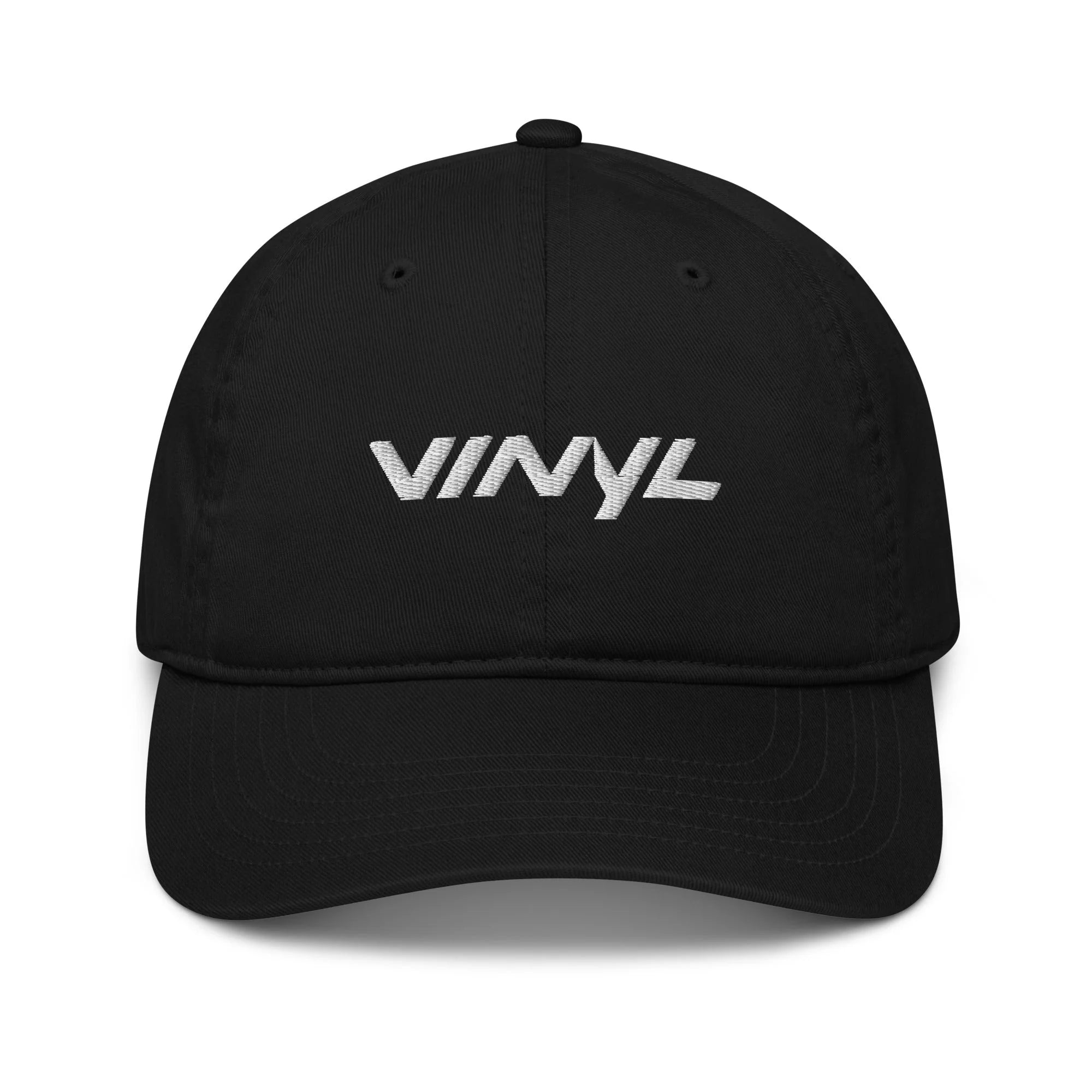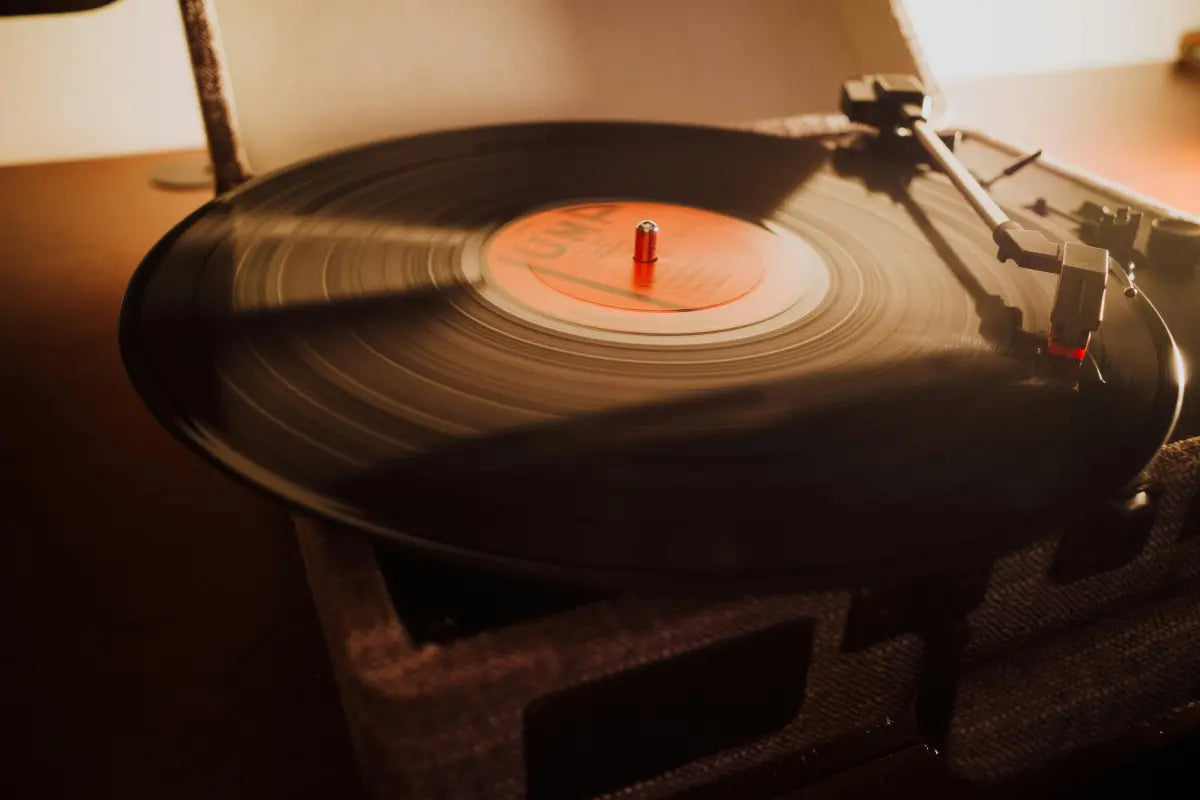When people buy and sell records, condition becomes a huge part of the conversation. One person's "good" might be another person's "poor" if there isn’t a shared system in place. That’s where vinyl record grading comes in. It helps both buyers and sellers agree on what to expect before money changes hands. Whether you’re picking up a classic rock LP at a flea market or listing rare jazz albums online, grades act as a trust bridge. Without it, disputes and disappointments are common. By adhering to established grading standards, everyone in the vinyl world speaks the same language, making transactions smoother.
Understanding Vinyl Grades
NM (Near Mint)
Collectors often seek out records in near-mint condition vinyl because they represent the closest thing to brand new without being factory-sealed. These records have been played only a handful of times and show no signs of wear. The sound quality is pristine, with no background noise or distortion. Visually, both the vinyl and sleeve appear crisp. For those serious about building a high-quality collection, NM vinyl offers unbeatable listening and resale value. Due to their excellent preservation, these records often command premium prices in the collector's market.
VG+ (Very Good Plus)
A record graded as VG+ record condition can still provide a fantastic listening experience despite showing light signs of use. You may notice a few minor scuffs or hairline scratches that don’t significantly affect the sound. These imperfections are typically only noticeable under bright light and don’t interfere with playback. The sleeve might show light shelf wear or a small crease, but nothing severe.

VG and G (Very Good and Good)
Records with vinyl condition ratings of VG or G are often more affordable and accessible but come with a greater chance of audio imperfections. A VG record might play through without skipping, but background noise, clicks, or minor pops could be present. A G-grade record has even more wear and will likely produce more pronounced surface noise throughout. Sleeves in these categories often show significant fading. These copies are generally not suitable for audiophiles, but they still serve a purpose. It’s about having a playable version of a favorite album, regardless of minor flaws.
Fair and Poor
When a record falls into the fair or poor category, it's typically because it's in rough shape both visually and audibly. These graded vinyl records may skip, have deep scratches, or exhibit warps that impair the ability to play the record. Sleeves are often torn or missing altogether. Despite their poor condition, collectors might still hold on to these copies if they hold historical significance. These are not everyday players, but placeholders in collections until a better version is found.
Sleeve Grading and Its Influence on Value
How Jacket Wear, Seams, and Artwork Affect Grading
The sleeve is a major factor in vinyl sleeve grading. An undamaged jacket enhances the presentation and value of a record significantly. Collectors appreciate artwork that remains vibrant and intact, with no fading or water damage. Seam splits, corner dings, and spine wear lower the grade, even if the record plays perfectly. The presence or absence of original design elements can also impact the overall perception of the record’s condition. Certain forms of damage are commonly seen in older or frequently handled records. Ring wear is a circular imprint on the jacket caused by pressure from the record inside. Splits often form along the seams due to age or careless storage. Spine damage makes it difficult to read the album title when the album is shelved and affects its overall shelf appeal. These flaws are frequently cited in vinyl condition descriptions and must be honestly disclosed when selling.
Insert and Label Condition
Collectors often look at inserts as part of the full package. These additions enhance the listening experience and offer historical context. If inserts are missing, torn, or damaged, it affects the overall grading. Similarly, labels on the record itself must be free of writing or stickers to maintain a higher rating. These details matter to serious collectors and can sway a buyer’s decision when choosing between two otherwise similar records.
Outer Sleeve Materials That Preserve Artwork
These sleeves shield the album artwork from dust and moisture while also helping maintain the record's overall aesthetic appeal over time. The following are some of the most commonly used materials:
- Polyethylene (PE): Polyethylene sleeves are a cost-effective solution for record collectors seeking basic protection. These are soft, pliable, and readily available in various thicknesses. Their flexibility makes them easy to handle and slip over most album jackets without a struggle. PE sleeves are particularly good at minimizing dust accumulation and offer light resistance against surface scuffs and scratches. However, over extended periods, these sleeves can develop a cloudy or hazy appearance that diminishes the visual appeal of the album artwork underneath. Despite this drawback, many collectors continue to use PE sleeves due to their affordability and functional baseline protection.
- Polypropylene (PP): PP sleeves are slightly more rigid and often have a smooth, glossy finish that enhances the appearance of the album cover. This rigidity helps them resist wrinkling and creasing over time, which contributes to a cleaner, more professional presentation. While they also protect against dust and light abrasions, their structural firmness can make them slightly more complicated to slide over thicker double-LP jackets.
- Mylar (PET): For those preserving high-value records, Mylar sleeves offer unmatched clarity and archival-quality protection. Made from polyethylene terephthalate (PET), Mylar sleeves are chemically stable and non-reactive, meaning they won’t yellow or degrade over time like cheaper materials might. These provide excellent rigidity, shielding album jackets from physical damage, moisture, and environmental pollutants. Mylar is also acid-free, making it a top choice for archival use. Their superior transparency allows for optimal display of album artwork, which is why museums and serious collectors often rely on them.
- Resealable Adhesive Sleeves: They typically include a flap with a strip of adhesive that seals the opening once the record is inside, creating a near-total barrier against environmental elements such as dust, moisture, and pollutants. The resealable design means you can open and close them multiple times without wear, making them ideal for records that are frequently accessed but still require full protection. This style of sleeve is often made from clear polypropylene or similar materials, providing a crisp, transparent look. They’re particularly useful for maintaining the condition of records with textured or embossed jackets, which can be more vulnerable to wear. Though slightly more expensive than open-ended sleeves, the protection they offer is superior, making them a practical option for daily-use collections.
- Paperboard Outer Jackets: Primarily used during shipping or for adding structural reinforcement, paperboard jackets offer a thicker barrier than plastic sleeves but are not designed for long-term storage or display. These jackets are typically made from Kraft or white paperboard and provide excellent cushioning during transit. While they can protect against dents and pressure-related wear, they lack the transparency of plastic sleeves and do not prevent dust or humidity from reaching the album. Due to their bulk and opacity, paperboard jackets are not a substitute for regular protective sleeves, but rather a supplementary layer used during packing.
Each option plays a specific role in record preservation and display, and combining sleeve types can further enhance protection for treasured records. Choosing wisely ensures your collection stays visually stunning for years to come.

Hands-On Grading: How to Assess Records Accurately
Visual Inspection Techniques
A careful visual inspection is the first step in evaluating vinyl condition before any audio test is done. Positioning the record under a strong light source and tilting it at various angles helps reveal hidden imperfections. Scuffs often become visible only under direct illumination. Inspectors should rotate the record slowly while keeping an eye out for blemishes that might affect playback. It’s a helpful way to spot potential issues in a record's physical state.
Physical Checks
In addition to visual assessments, a hands-on approach is necessary to check for warping and physical damage. Warps can occur due to improper storage or exposure to heat, and even minor ones can significantly impact the playback experience. Lying the record on a flat surface can quickly reveal if it’s uneven. Edge chips or cracks may not always be visible at first glance, but can ruin an otherwise playable record. Grading includes checking the feel and flexibility of the vinyl without bending it excessively. When evaluating the grades of vinyl, these physical flaws often reduce its appeal and can significantly lower the record’s grade.
Playback Testing
Accurately assessing the condition of a vinyl record demands attentive playback testing. Below are essential practices to follow:
- Use a Quality Turntable: A high-fidelity turntable with a clean stylus and properly balanced tonearm ensures that the audio you hear reflects the condition of the vinyl itself, not mechanical imperfections. Using a substandard or poorly aligned turntable can mask or exaggerate flaws, leading to inaccurate grading. A model known for consistent tracking and minimal wow and flutter will yield more precise results. It's also essential to maintain static-free components and verify the vertical tracking force and anti-skate settings before each session. In addition to technical specifications, the cartridge’s condition plays a role; an aging or worn stylus may fail to track grooves properly, leading to false positives in audio distortion. Investing in quality gear for playback testing enhances your ability to detect minute surface defects that aren’t visible under standard light.
- Listen to Multiple Sections: Focusing solely on the lead-in or first few minutes of a track doesn't give a full view of a record’s condition. It’s essential to evaluate the beginning, middle, and especially the end of each side to identify wear patterns that accumulate due to frequent play or inner groove compression. Inner grooves tend to suffer more wear because the stylus travels a tighter arc, increasing the chances of mistracking and distortion. Playing through multiple sections can reveal issues such as loss of fidelity, sibilance, or a drop in dynamic range. By listening to varied sections, you can pinpoint groove damage that would otherwise be missed in a short or selective test.
- Take Notes on Audio Issues: Documenting every audible imperfection helps ensure a transparent and consistent grading process. Skips, pops, distortion, and dropouts should be recorded with time markers and contextual notes, such as “mild crackle during quiet piano section at 1:45.” These observations can later serve as evidence if questions arise about the record’s grading. Maintaining detailed notes also enables a standardized system when evaluating multiple copies of the same title or revisiting a collection over time. Beyond helping you assign an accurate grade, notes provide a concrete reference for collectors who want to know exactly what to expect. Rather than relying on vague descriptors like “plays fine,” you offer specific, actionable details that make the grading more objective.
- Compare with a Known Standard: Listening to a high-quality copy of the same title offers a powerful reference point during playback testing. It helps train your ear to distinguish between the limitations of the original recording and actual groove wear. For example, some older pressings may inherently include tape hiss or subtle distortion, even when they are mint, while others may boast pristine clarity. Having a known benchmark copy enables you to notice if certain imperfections are intrinsic to the mastering or signs of actual degradation.
- Consider Playback Context: Grading should always align with the intended audience’s expectations. A casual listener might accept light crackle or an occasional pop if the music flows well, but a collector investing in a near-mint title will have higher standards. Try to envision the end user and assess whether the audio issues would impact their listening experience. Tailoring your grading to the listener’s perspective ensures the record is represented fairly.
By using the strategies above, evaluators can deliver defensible assessments that honor both the record’s character and the collector’s expectations.
How Grading Impacts Value, Listings, and Collectibility
Vinyl Value by Grade
A record in excellent shape might sell for triple the amount of one in just average condition, even if they share the same pressing. The reason lies in how grades impact the best vinyl quality. Grading used vinyl reflects the buyer's confidence in the product they’re purchasing. Slight variations can shift a record from near-mint to very good, significantly altering its market position.
Marketplace Visibility and Pricing
Online listings rely heavily on grade tags to attract the right audience. Whether someone is casually browsing or actively searching for collectible records, the condition listed in the title often determines whether they’ll click through. Without reliable grading, a listing can easily be overlooked, even if the album is otherwise desirable. Understanding vinyl grading standards ensures that listings are correct.

It's essential to understand the terminology used throughout the vinyl community to master grading truly. Each label conveys expectations about the sound, appearance, and condition of the record and its packaging. Having a firm grasp of these definitions reduces misunderstandings during transactions and makes communication between collectors much smoother. A reliable vocabulary allows buyers to identify record condition terms with confidence, while sellers can describe their inventory more accurately.

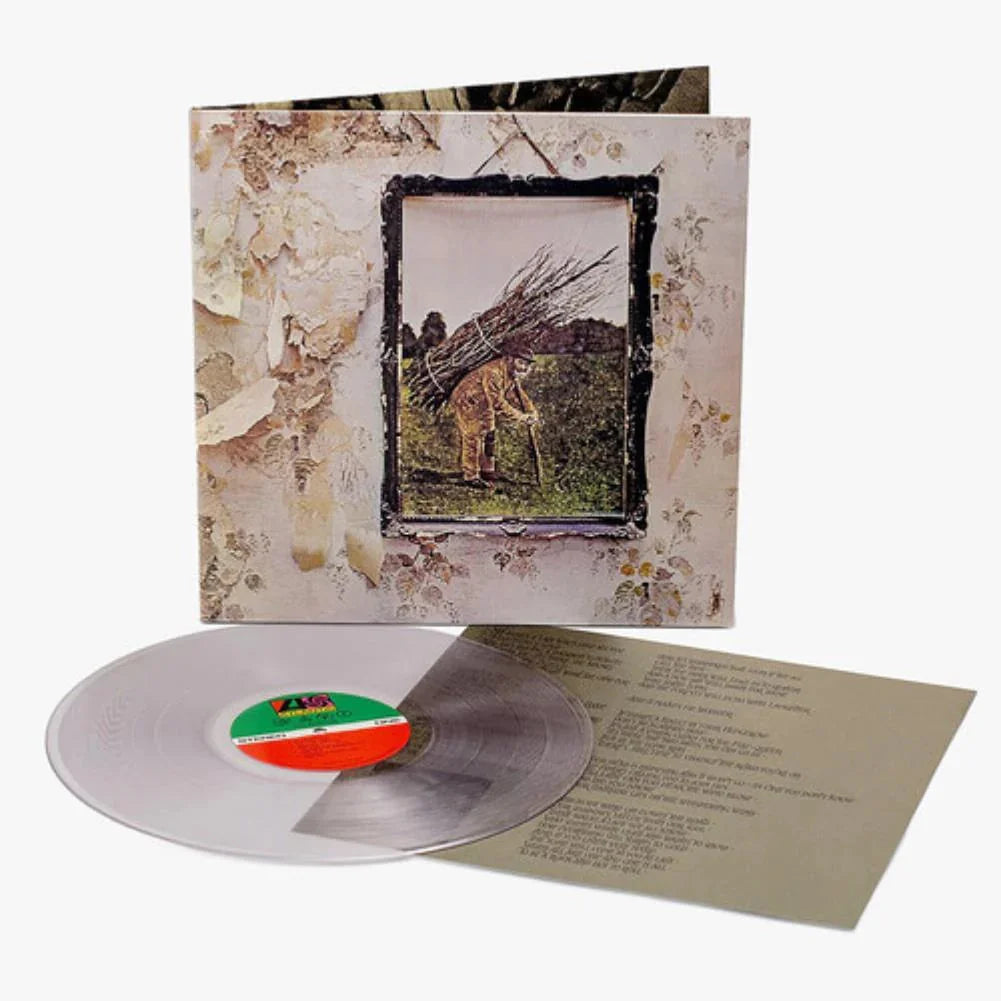
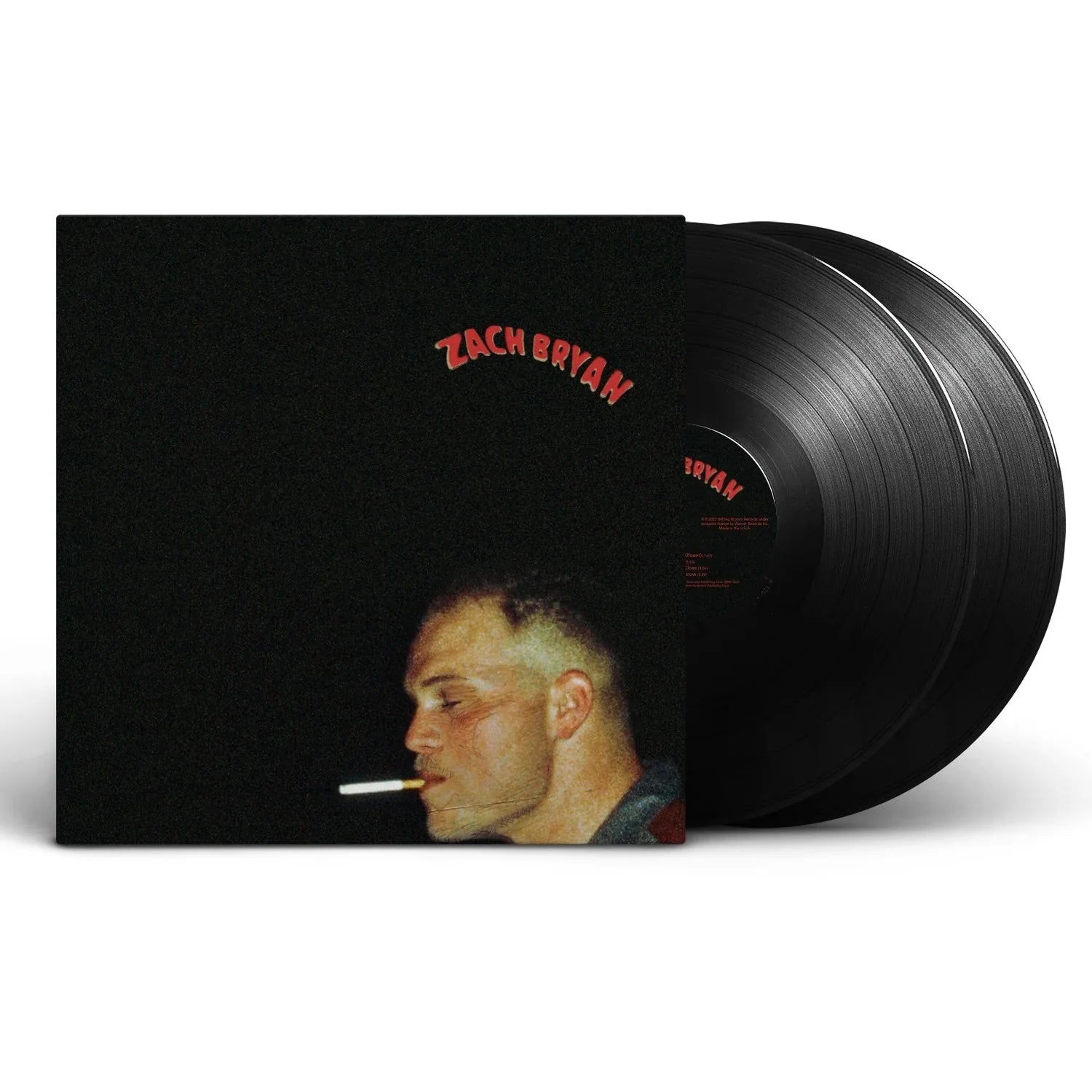
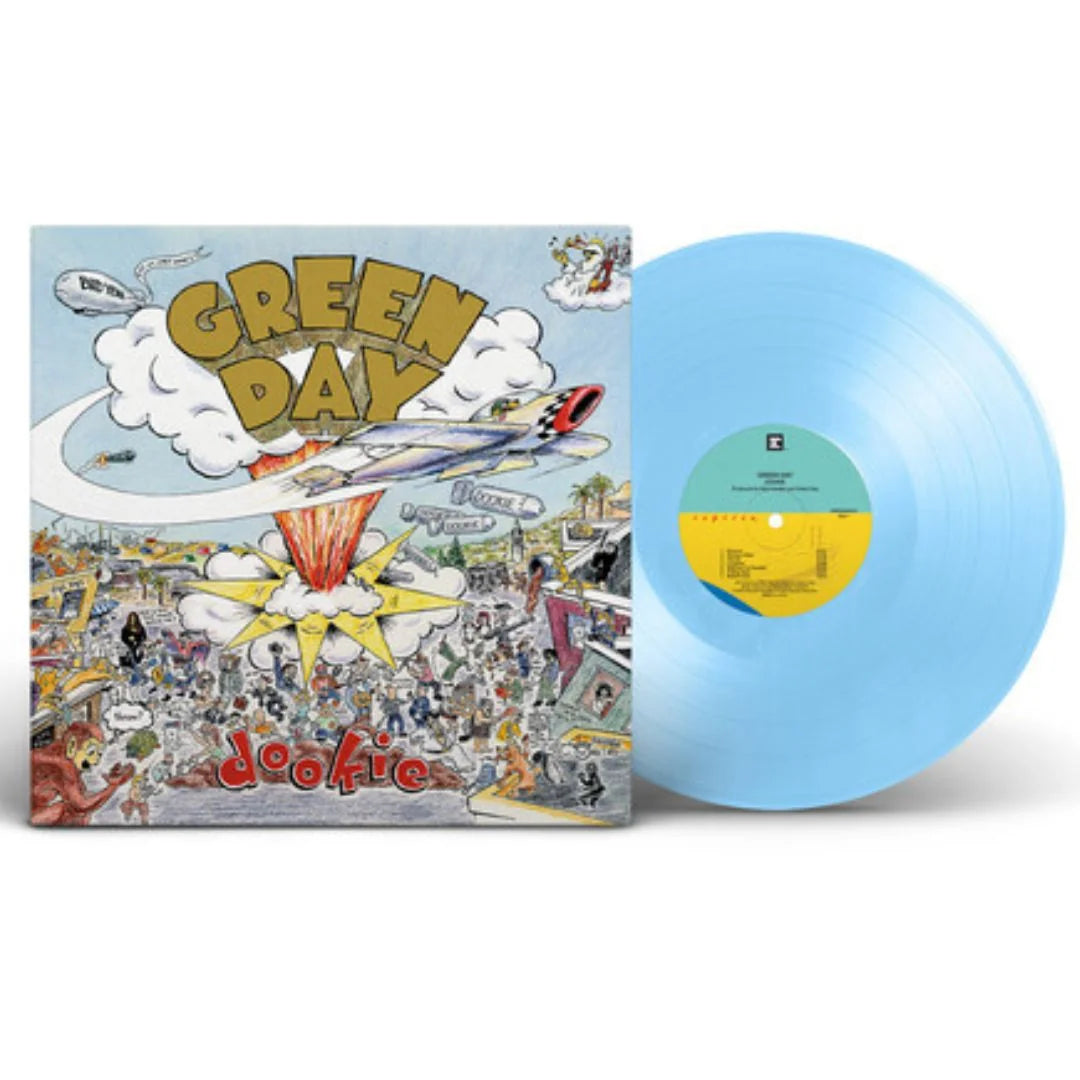
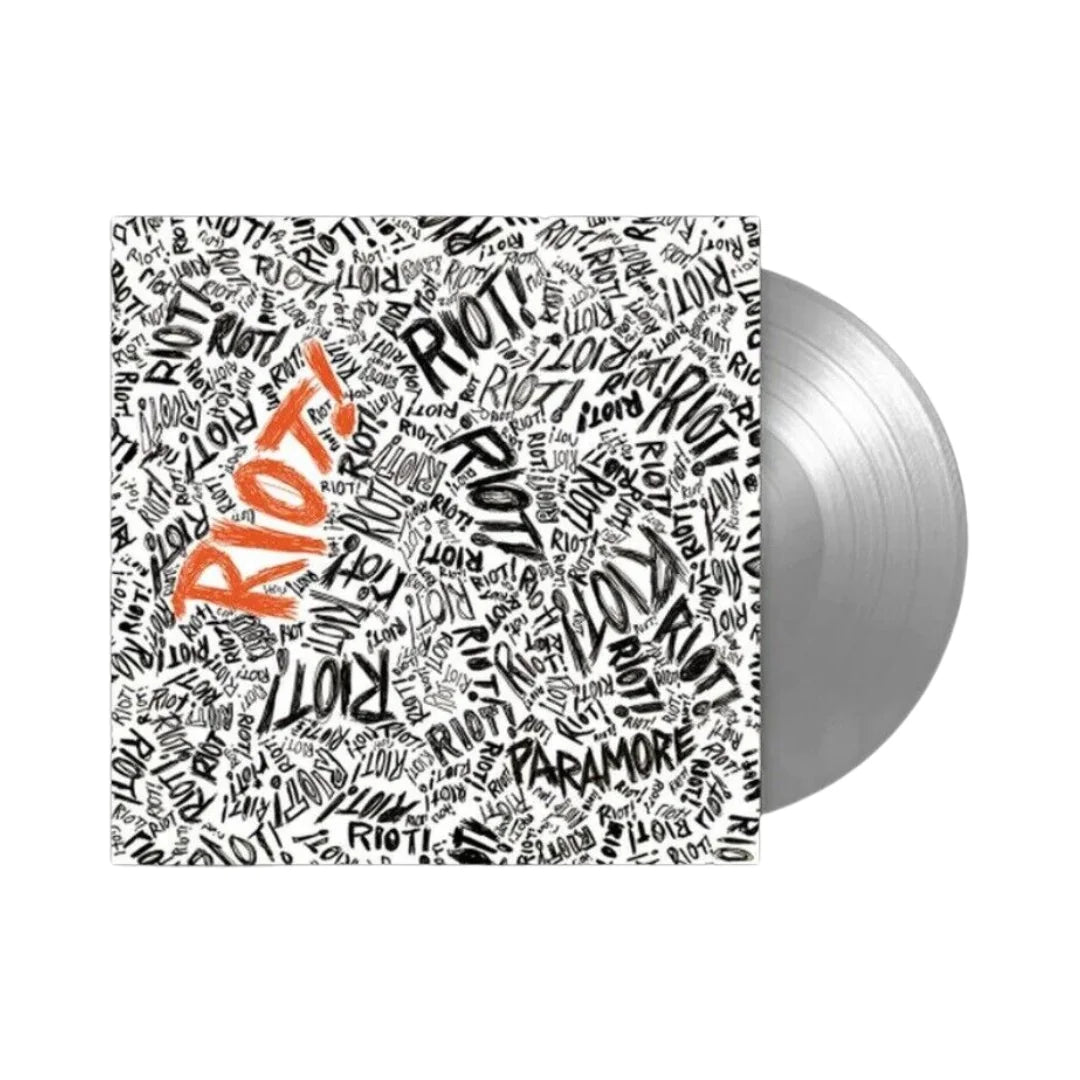
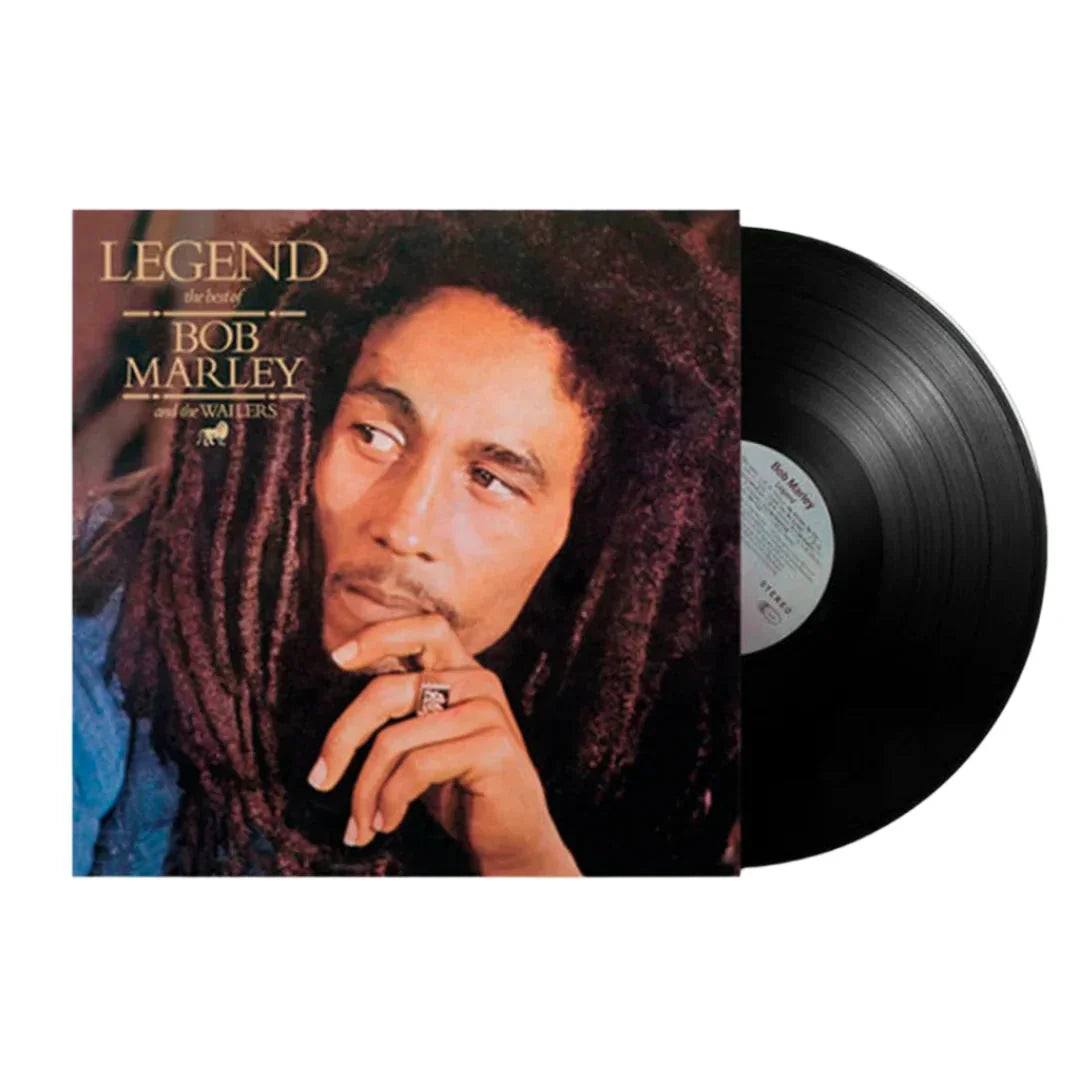
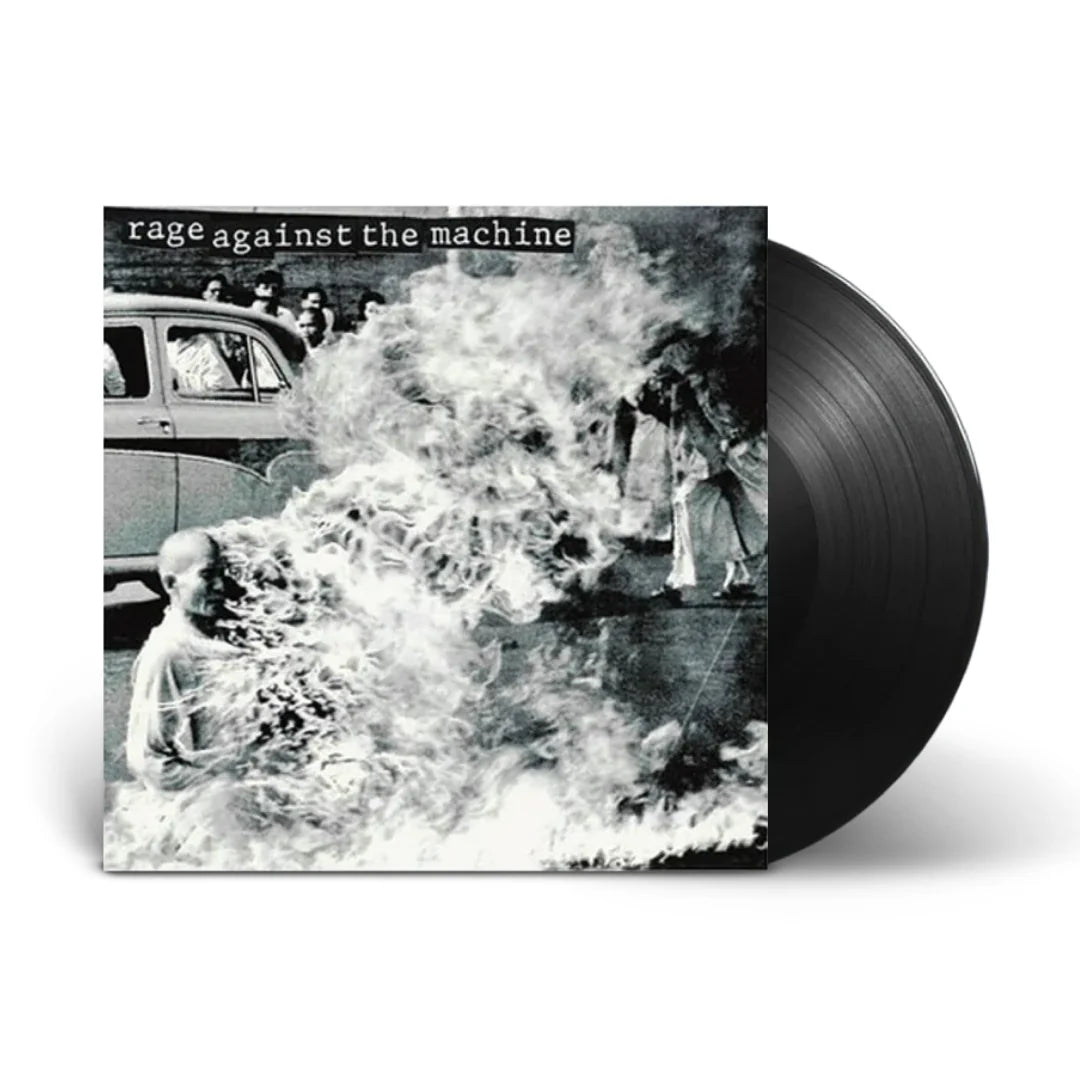
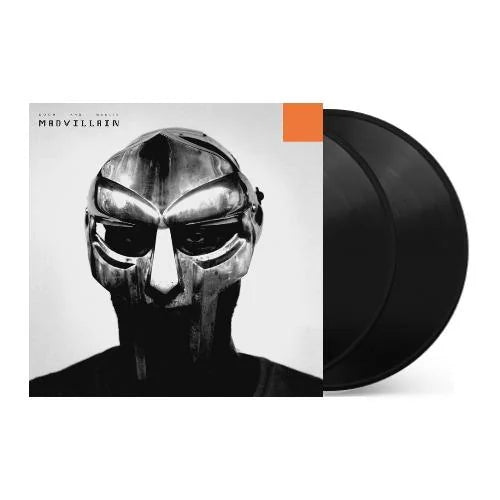

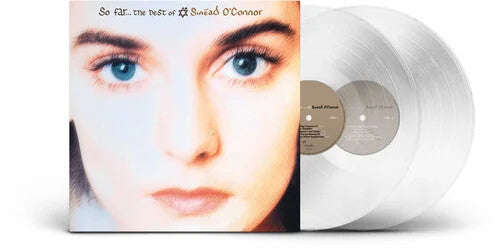
![The Grateful Dead - The Music Never Stopped [6LP Box Set]](http://vinyl.com/cdn/shop/files/The_Grateful_Dead-The_Music_Never_Stopped__6LP_Box_Set.jpg?v=1747729623&width=5760)
![The Grateful Dead - Madison Square Garden, New York, NY 3/9/81 (2023 Rocktober Edition) [5LP Box Set]](http://vinyl.com/cdn/shop/files/4247396-3042523.jpg?v=1758034700&width=5760)
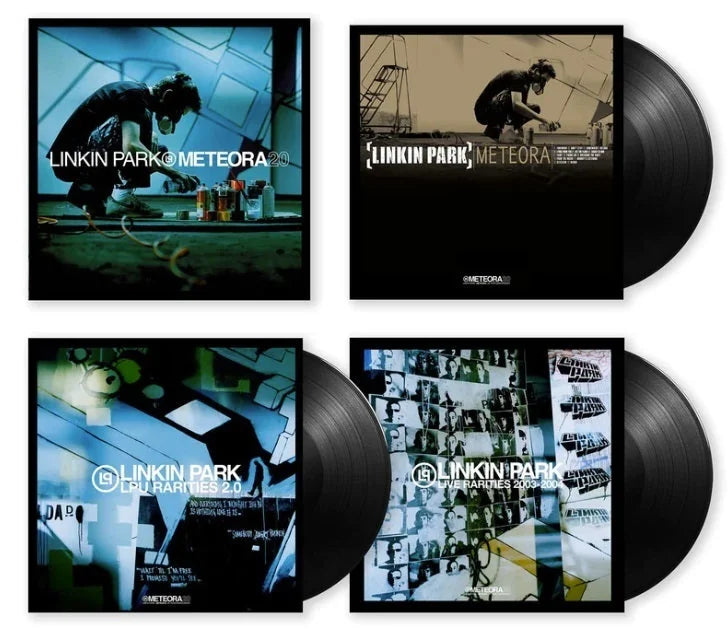
![Sufjan Stevens - Songs For Christmas [5LP Box Set]](http://vinyl.com/cdn/shop/files/3576666.jpg?v=1684195276&width=5760)
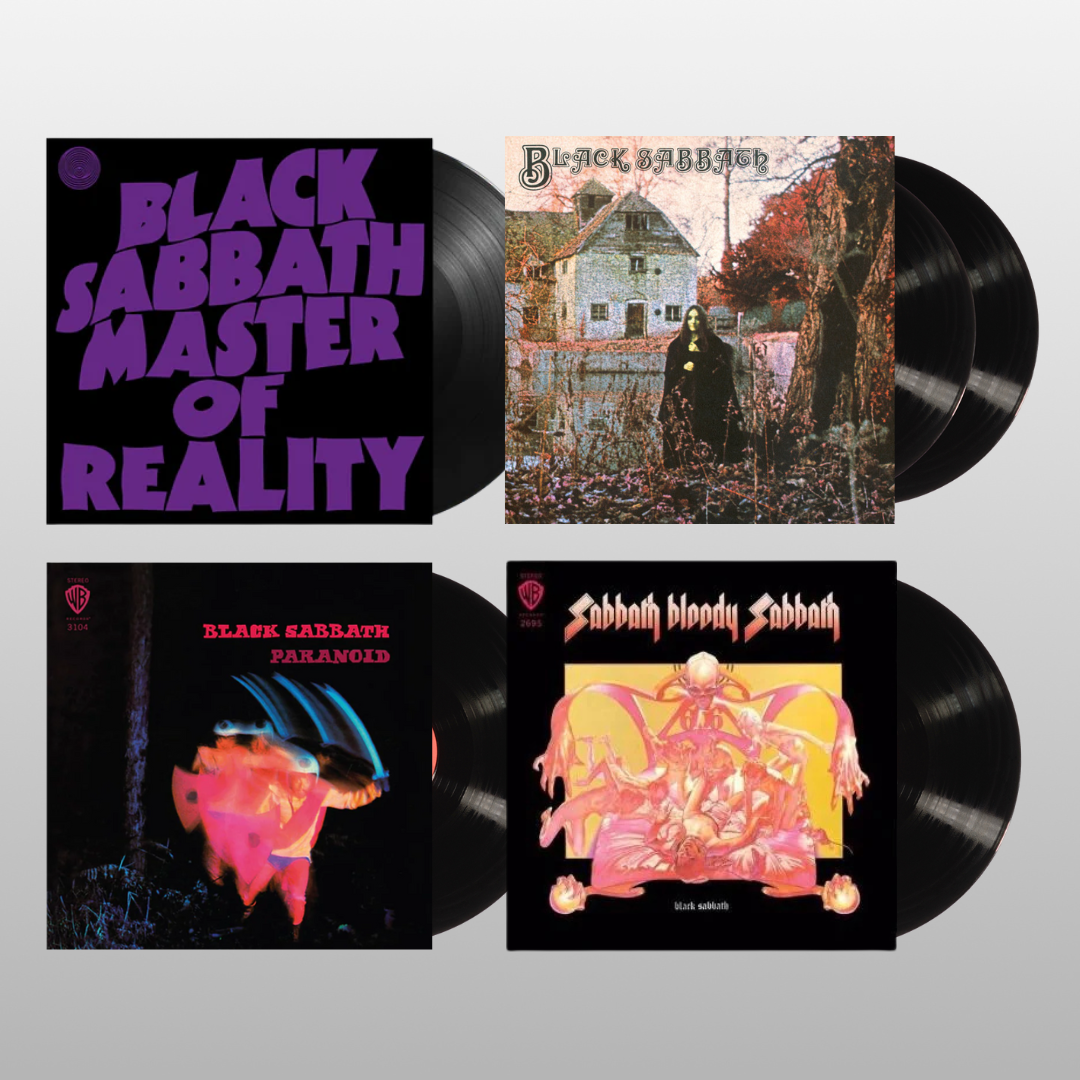




![(hed) p.e. - New And Improved [Pink]](http://vinyl.com/cdn/shop/files/4425252-3389420.jpg?v=1746578880&width=5760)
![1 Locate S - Wicked Jaw [Sky Blue]](http://vinyl.com/cdn/shop/files/4217742-2982879.jpg?v=1693273095&width=5760)
![11/5 - A-1 Yola [2LP Orange Swirl]](http://vinyl.com/cdn/shop/files/3992138-2728122.jpg?v=1684200429&width=5760)
![Mac Miller - Swimming [2LP]](http://vinyl.com/cdn/shop/files/mac.png?v=1767598047&width=5760)

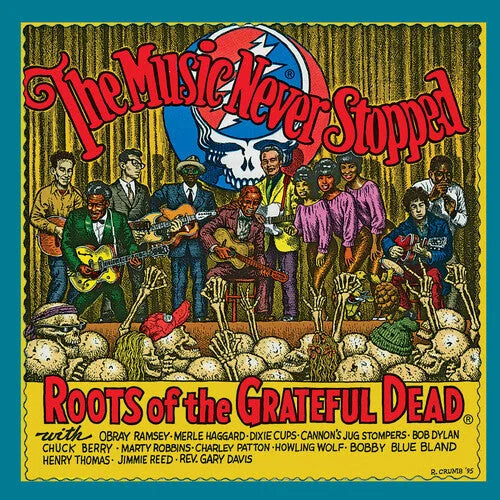

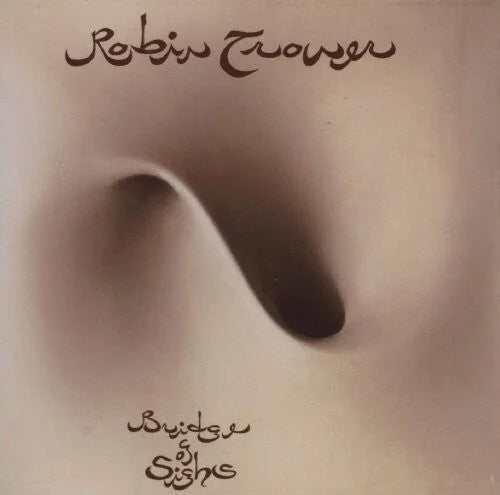
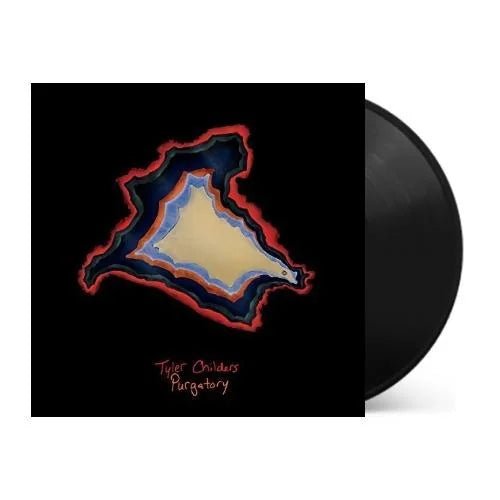
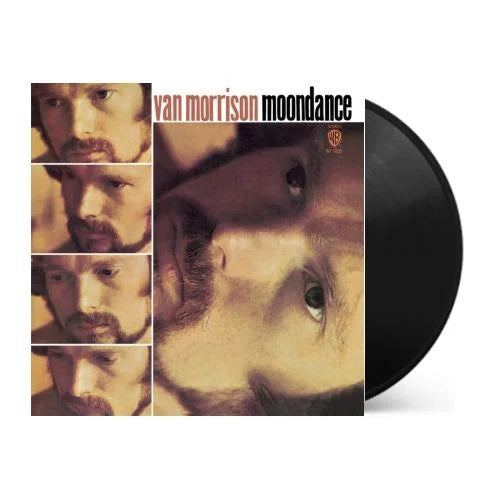
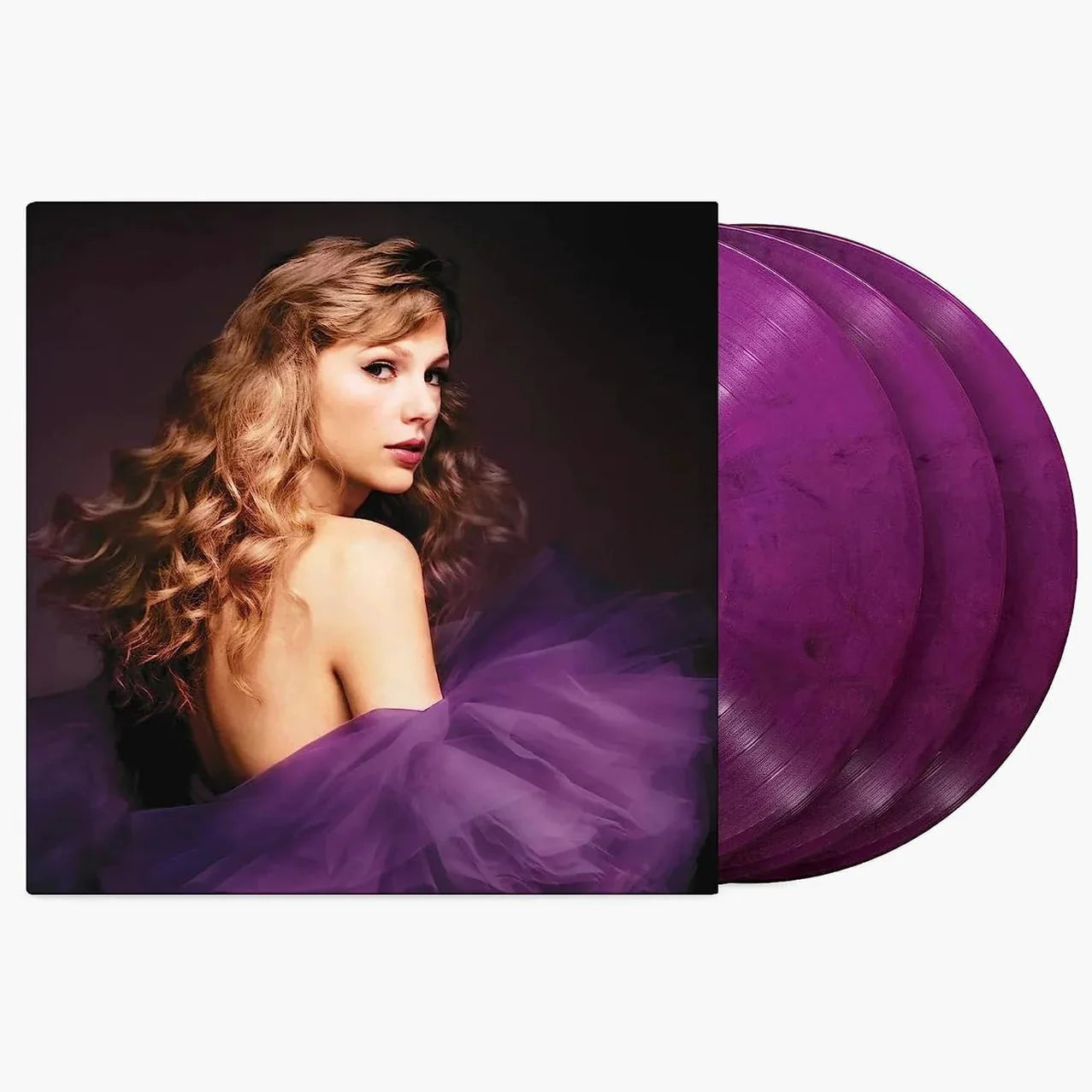

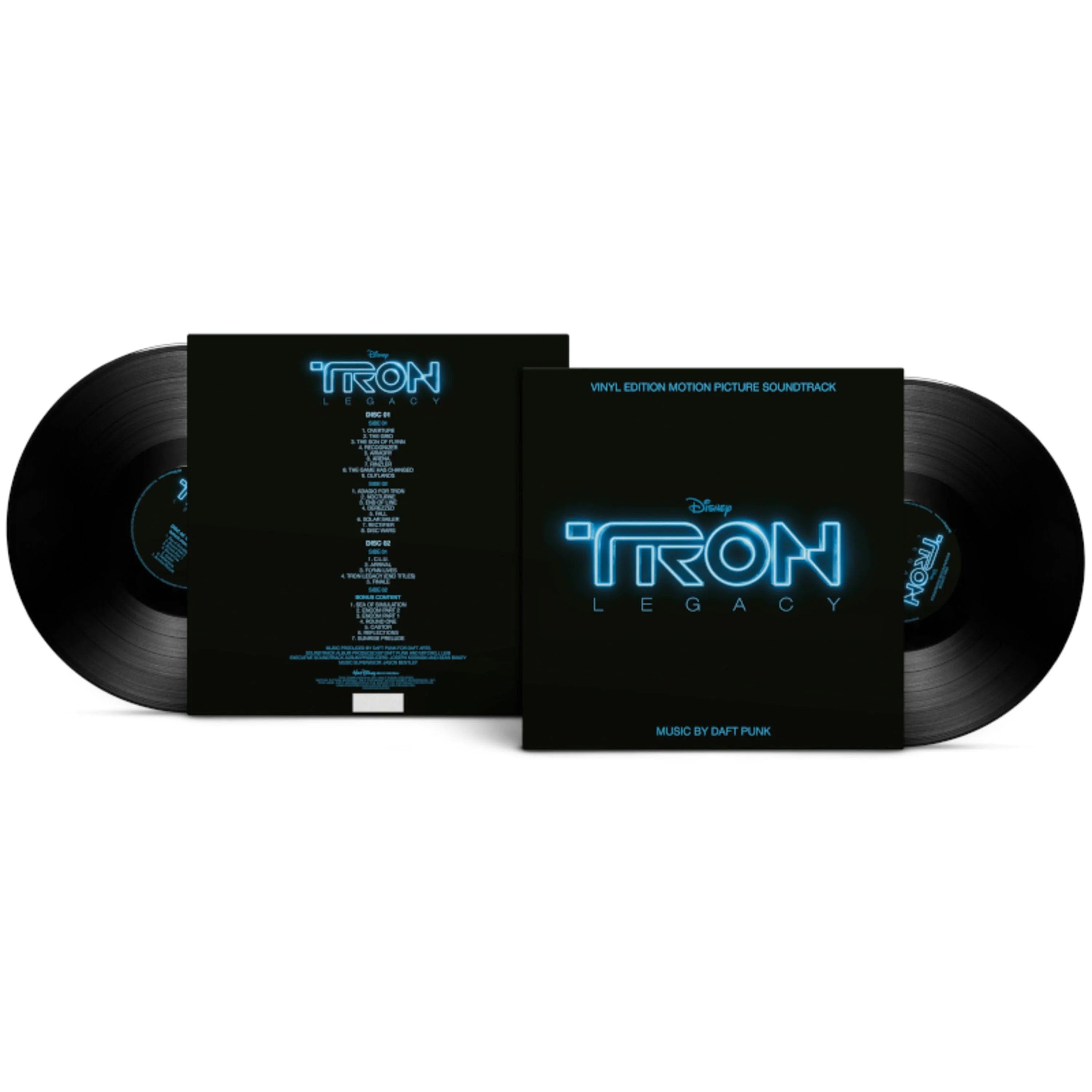


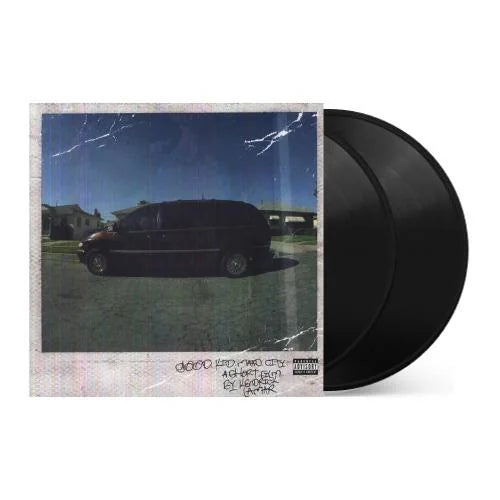
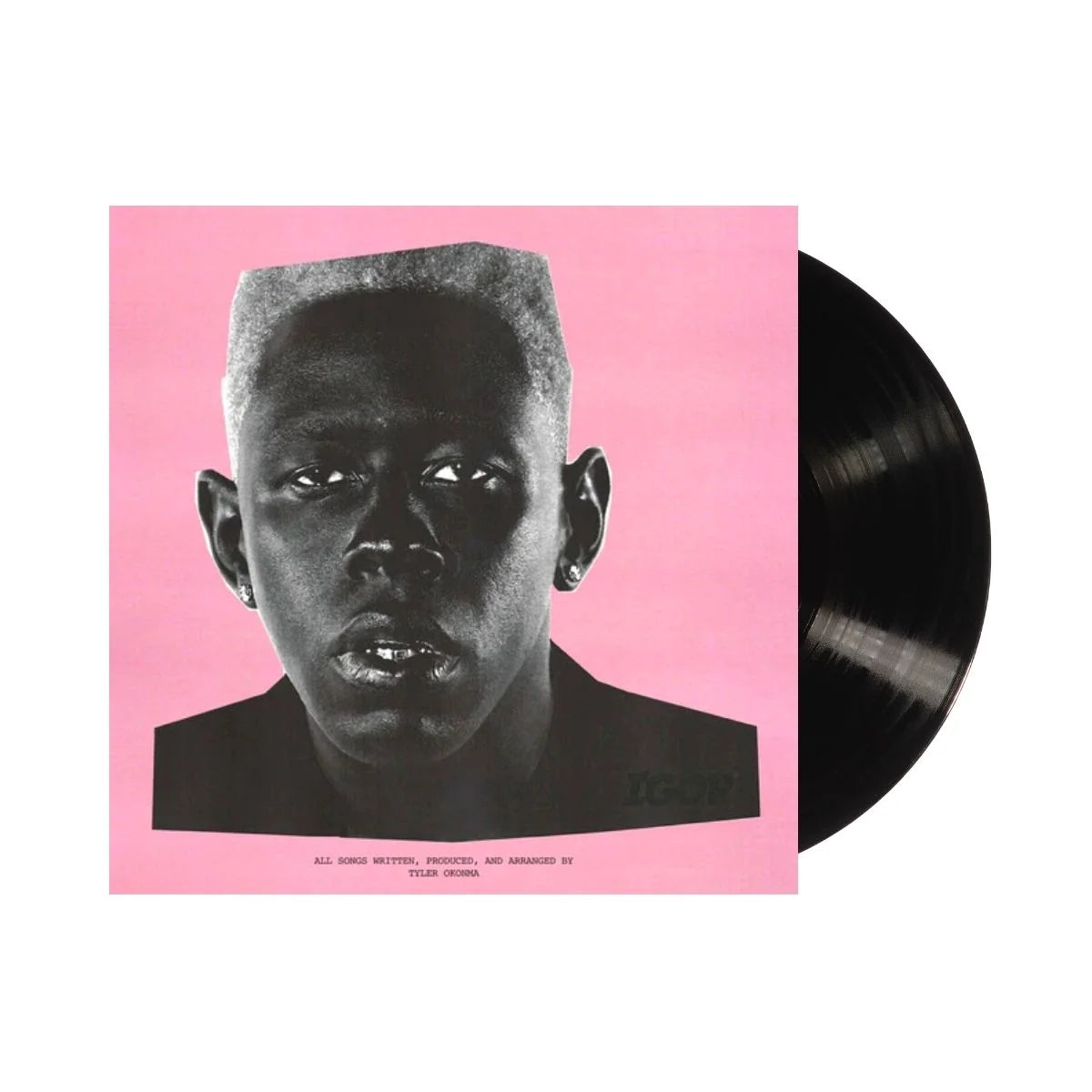
![Mac Miller - Circles [2LP Clear]](http://vinyl.com/cdn/shop/files/mac_1.png?v=1767598863&width=5760)
![Miles Davis - Kind of Blue [180-gram]](http://vinyl.com/cdn/shop/files/Y4LPMD03.webp?v=1742198237&width=5760)

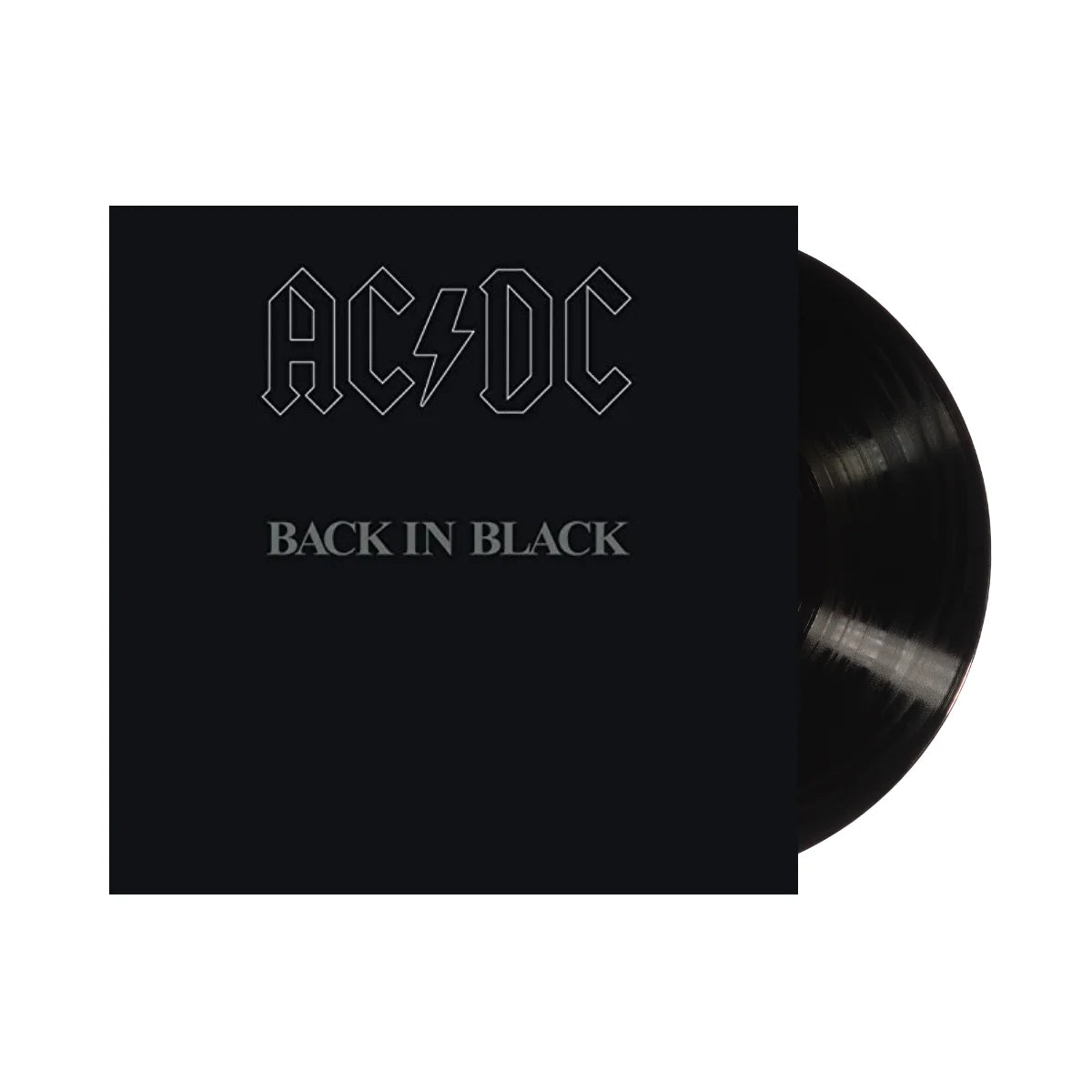
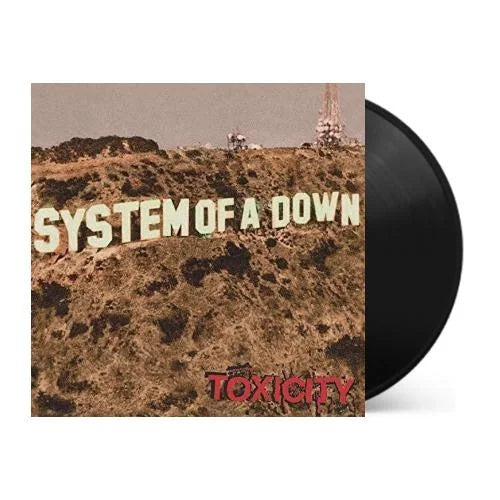
![Taylor Swift - 1989 (Taylor's Version) [2LP Crystal Skies Blue]](http://vinyl.com/cdn/shop/files/taylor_swift_1989_taylors_version.jpg?v=1734389117&width=5760)
![Taylor Swift - folklore [2LP Beige]](http://vinyl.com/cdn/shop/files/477929-Product-0-I-637317959467683009_grande_a6f82db0-1cb7-45c5-8892-ed79af261e80.webp?v=1736750683&width=5760)
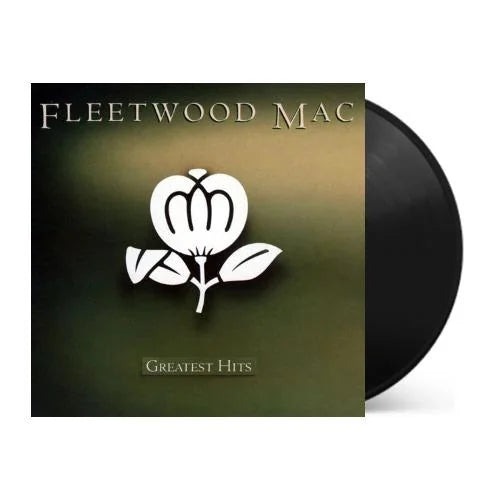
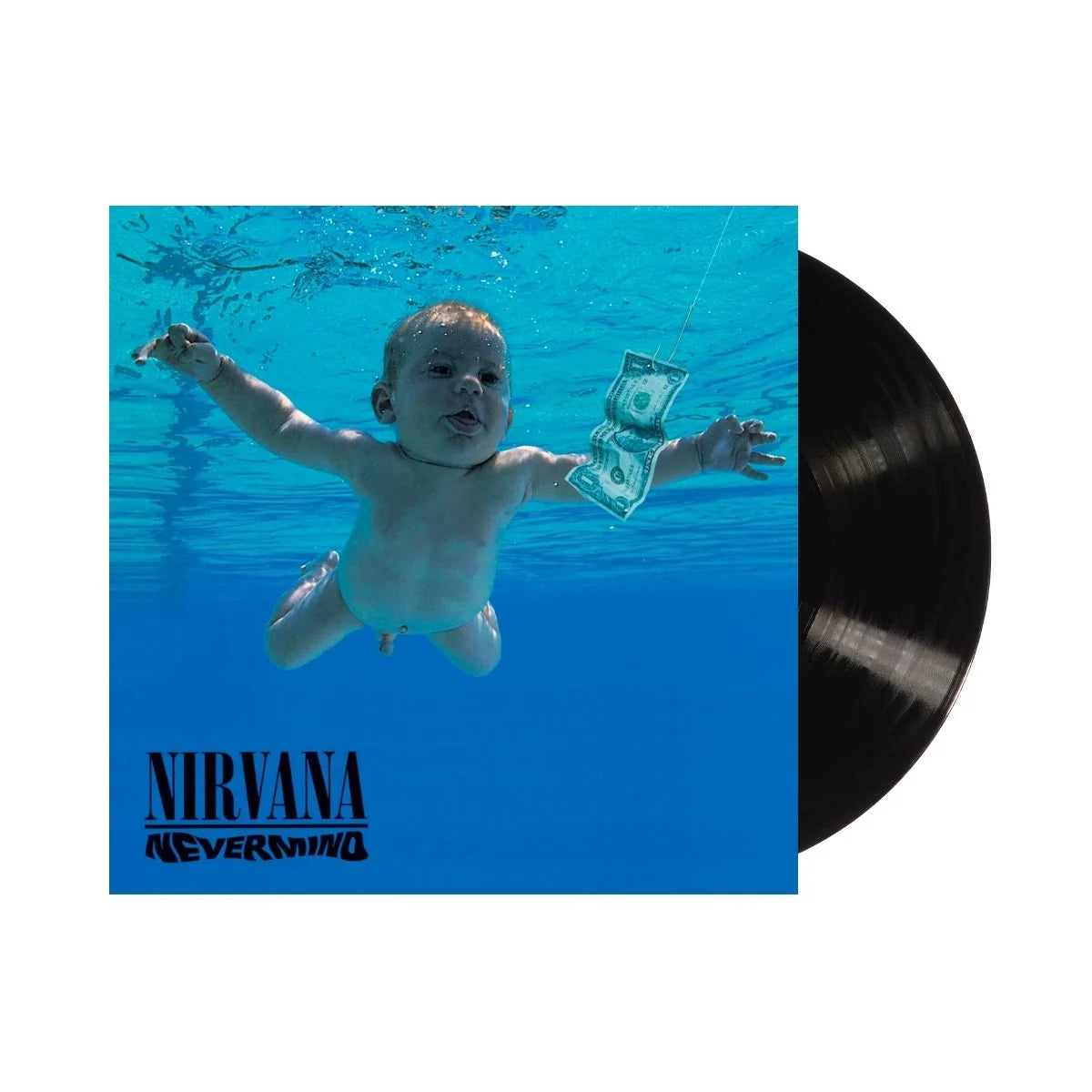


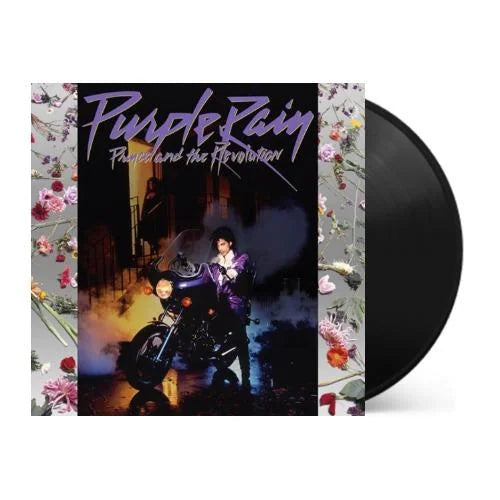
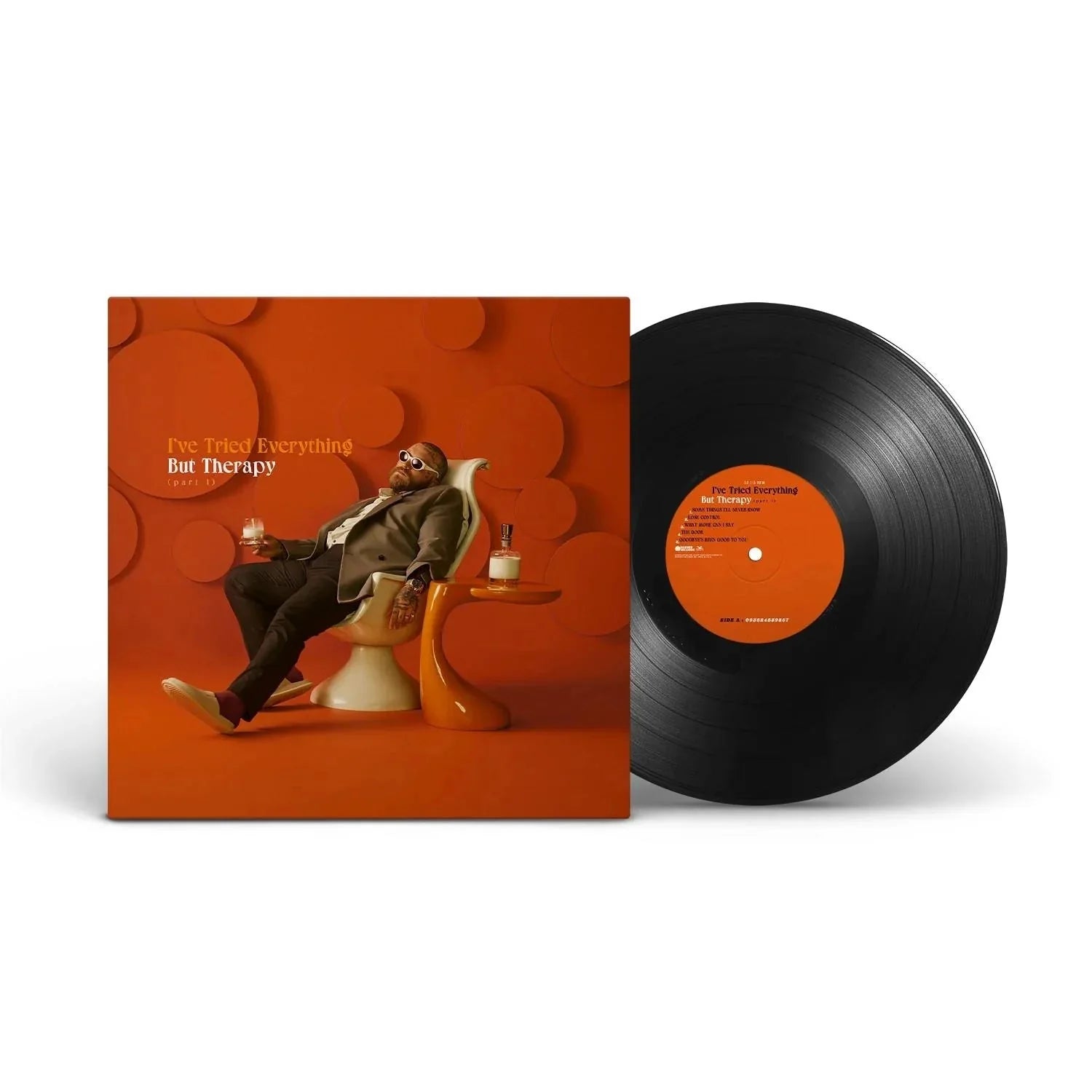



![Transformers: The Movie (Original Soundtrack) [Unicron Marbled 180-Gram]](http://vinyl.com/cdn/shop/files/4417308-3378319.jpg?v=1745982250&width=5760)










